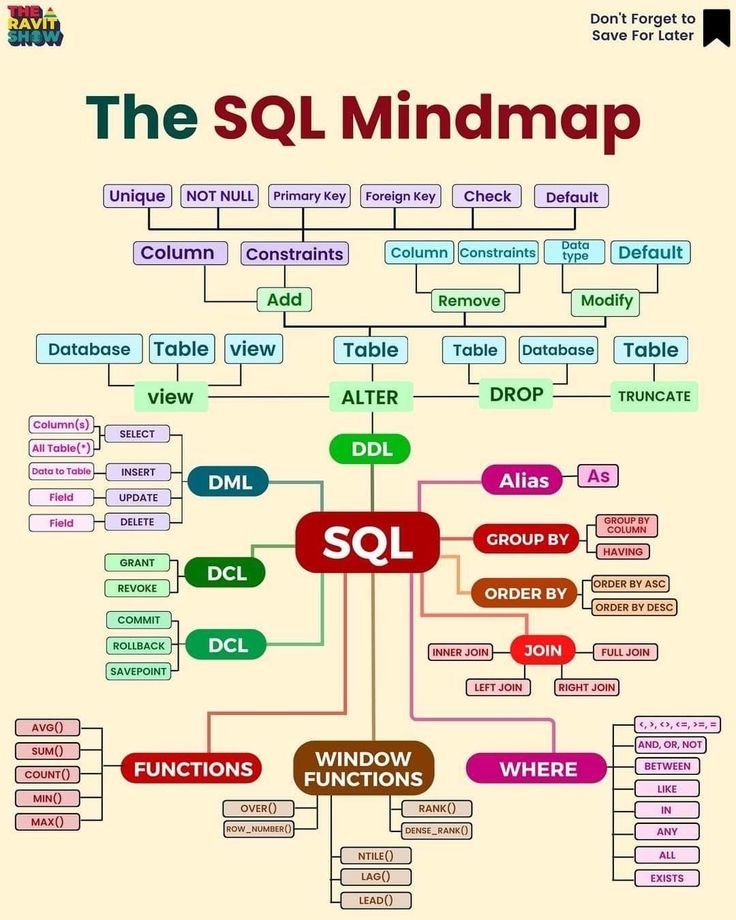Creating ontology graph SQL is a powerful approach to managing and querying complex datasets. By integrating ontological structures with relational databases, organizations can unlock deeper insights, enhance data interoperability, and improve decision-making processes. This article explores the intricacies of creating ontlogy graph SQL, delving into its benefits, practical applications, and step-by-step guidance.
Table of Contents
What Is Creating Ontology Graph SQL?
To understand creating ontlogy graph SQL, we must first break down the components:
- Ontology: A structured framework that defines the relationships between concepts within a specific domain. It helps organize information and establishes clear connections between data elements.
- Graph: A data structure that represents relationships between entities using nodes and edges.
- SQL (Structured Query Language): A standard language used to manage and query relational databases.
Combining these elements enables developers to build powerful systems for semantic data analysis, making creating ontlogy graph SQL a cornerstone of modern data management.
Why Choose Ontology Graph SQL?
- Enhanced Data Representation:
- Traditional relational databases lack the flexibility to represent complex relationships. Creating ontlogy graph SQL bridges this gap by combining ontological semantics with graph-based structures.
- Interoperability:
- By leveraging ontologies, different systems can share and interpret data effectively, facilitating seamless integration.
- Advanced Querying Capabilities:
- SQL queries combined with ontology graphs allow for sophisticated data retrieval, enabling insights that are often missed in traditional setups.
- Scalability:
- With the right implementation, creating ontology graph SQL can handle large datasets efficiently.
Applications of Creating Ontology Graph SQL

- Healthcare and Biomedical Research:
- Organizing patient records, drug interactions, and genetic information.
- Example: Mapping gene-disease relationships using creating ontology graph SQL for research purposes.
- E-commerce:
- Enhancing product recommendations by analyzing customer behavior and preferences.
- Example: Building a recommendation engine using creating ontology graph SQL to link product categories with user interests.
- Knowledge Management:
- Structuring organizational knowledge for easy access and retrieval.
- Example: Creating an ontology-driven search system for internal documents.
- Smart Cities:
- Managing urban infrastructure and IoT devices.
- Example: Implementing creating ontology graph SQL to analyze traffic patterns and optimize public transport.
Steps for Creating Ontology Graph SQL
Step 1: Define Your Ontology
The first step in creating ontology graph SQL is to design an ontology tailored to your domain. This involves:
- Identifying key concepts and entities.
- Defining relationships between these concepts.
- Using tools like Protégé or OWL (Web Ontology Language) to formalize the ontology.
Step 2: Choose a Database Platform
Selecting the right platform is crucial for implementing creating ontology graph SQL. Options include:
- Relational Databases: MySQL, PostgreSQL (with extensions for graph data).
- Graph Databases: Neo4j, Amazon Neptune.
- Hybrid Solutions: Systems like Microsoft SQL Server or Oracle Database that support graph features.
Step 3: Map Ontology to SQL Schema
Transforming the ontology into a database schema involves:
- Creating tables to represent concepts (nodes).
- Establishing relationships using foreign keys or graph-specific extensions.
- Example: If your ontology has entities like “Person” and “Organization,” create corresponding tables and link them with relationship tables.
Step 4: Populate the Database
Load your data into the schema. During this phase of creating ontology graph SQL, ensure:
- Data integrity and consistency.
- Proper indexing for performance optimization.
Step 5: Write SQL Queries
Craft SQL queries to retrieve insights from your ontology graph. Examples include:
- Retrieving all connections between two nodes.
- Identifying patterns in the data.
- Example Query:
SELECT p.name, o.name
FROM Person p
JOIN WorksFor w ON p.id = w.person_id
JOIN Organization o ON w.organization_id = o.id;Step 6: Visualize the Graph
Visualization tools can make creating ontology graph SQL more intuitive. Use platforms like Gephi or Cytoscape to:
- Visualize relationships.
- Analyze the structure and flow of data.
Challenges in Creating Ontology Graph SQL
- Complexity:
- Designing ontologies requires domain expertise and careful planning.
- Performance Issues:
- Large datasets can strain database performance. Optimize by using indexing and partitioning.
- Integration:
- Combining ontology graphs with existing systems can be challenging.
Best Practices for Creating Ontology Graph SQL

- Collaborate with Domain Experts:
- Involve subject matter experts to ensure the ontology accurately reflects the domain.
- Leverage Automation Tools:
- Tools like RDF4J and SPARQL can simplify the process of creating ontology graph SQL.
- Regularly Update the Ontology:
- Keep the ontology up-to-date to reflect changes in the domain or data.
- Test Thoroughly:
- Validate the schema and queries to ensure accuracy and reliability.
Future of Creating Ontology Graph SQL
The field of creating ontology graph SQL is poised for growth, driven by advancements in AI and machine learning. Emerging trends include:
- Integration with Natural Language Processing (NLP):
- Enhancing user interactions by allowing natural language queries.
- Semantic Web Applications:
- Leveraging creating ontology graph SQL to build smarter, more interconnected web services.
- Real-time Analytics:
- Enabling real-time decision-making through optimized graph databases.
Also read nflbite: A Comprehensive Guide to Accessing NFL Content Online
Conclusion
Creating ontology graph SQL offers a transformative approach to managing and querying complex data. By integrating the power of ontologies with graph-based structures and SQL, organizations can achieve unparalleled insights and efficiencies. Whether applied in healthcare, e-commerce, or knowledge management, this methodology has the potential to revolutionize data management practices. Embrace creating ontology graph SQL to stay ahead in the data-driven world.


